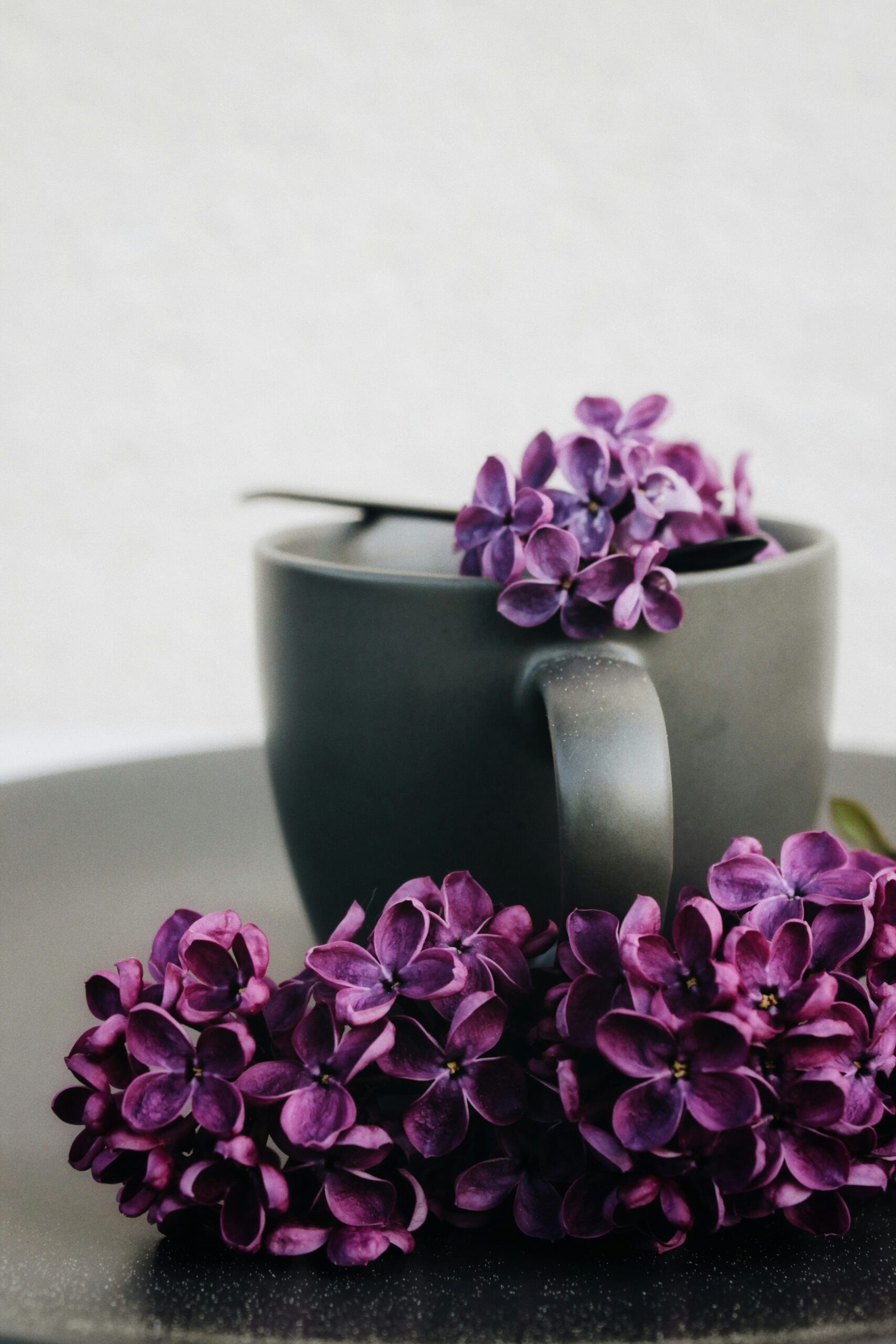Introduction
Choosing the perfect African violet pots can make a significant difference in your plant’s health and flowering. These charming houseplants need specific pot features—like drainage, size, and material—to thrive. In this expert guide, you’ll learn which pots work best, why they matter, and how to create an environment that brings out the best blooms year-round.
Why the Right Pot Matters
Selecting the right African violet pots affects three critical factors:
-
Drainage and root health: Poor drainage invites root rot.
-
Ideal moisture levels: Shallow pots help maintain proper soil moisture without sogginess.
-
Space for healthy roots: Violets have compact root systems that thrive in appropriately sized containers.
Key Pot Features
1. Size Matters
Choose pots that measure about ⅓ wider than the leaf span—typically between 2–4 inches in diameter—to prevent water logging and support blooming.
2. Drainage Is Essential
Your pot must have multiple drainage holes (6–12), plus a central hole when using wicking systems, to avoid standing water.
3. Material Choices
-
Plastic/Teku-style: Lightweight, durable, and moisture-retentive .
-
Glazed ceramic: Attractive and sturdy, though heavier.
-
Terracotta/clay: Porous and breathable, but dries out quickly; wick watering is less effective .
4. Shallow & Squat Design
Shallow pots promote strong blooms by encouraging air around the roots—deep pots tend to retain too much moisture.
Types of African Violet Pots
Self-Watering “Two-Pot” System
An inner unglazed pot fits inside a glazed reservoir; a wick or holes let water soak up as needed . This offers consistent moisture with minimal fuss.
Standard Drainage Pots
Simple, traditional pots with drainage holes, paired with a saucer to catch overflow. These are straightforward and reliable.
Decorative Outer Cachepots
Pots without drainage used for aesthetics are best combined with inner drainage pots to protect against overwatering.
Choosing Between Pot Options
| Pot Type | Pros | Cons |
|---|---|---|
| Plastic/Teku | Lightweight, durable, moisture-retentive | May degrade over time or look less decorative |
| Glazed ceramic | Decorative, water-proof, easy to clean | Heavier, may hide poor drainage without inner support |
| Terracotta clay | Breathable, classic look | Dries fast, wick systems less effective, salt buildup |
| Self-watering systems | Consistent moisture, low maintenance | Needs monitoring, can over-saturate if mismanaged |
Care Tips for Using African Violet Pots
-
Repot every 6–12 months: Refresh soil and prevent root-binding.
-
Water from the bottom: Protect leaves and promote root moisture absorption.
-
Use light, airy soil: Mix perlite, vermiculite, and peat/coir to ensure good drainage.
-
Maintain ideal humidity (50%+): Helps prevent brown spots and encourages blooms.
Choosing Your Pot
-
Size – 2–4 in wide, shallow.
-
Drainage holes – 6–12 in bottom, plus central hole if wick watering.
-
Material – Match your care routine: plastic for easy, ceramic for style, terracotta for rooted look.
-
Extras – Choose self‑watering if regular maintenance is a challenge.
Common Mistakes to Avoid
-
Using pots that are too large, leading to excess moisture and algae.
-
Skipping drainage requirements and causing root rot.
-
Bad wicking: clay pots can block wick systems due to moisture loss.
Summary Table
| Feature | Recommendation |
|---|---|
| Pot Size | 2–4″ in diameter, about ⅓ wider than leaves |
| Depth | Shallow |
| Drainage | 6–12 bottom holes, optional wick hole |
| Material | Plastic/Teku, glazed ceramic, or terracotta |
| Soil Type | Light mix with perlite and peat/coir |
| Watering Method | Bottom or self-watering preferred |
Conclusion
Investing in the right African violet pots is one of the most impactful things you can do for your plant’s well-being. With proper drainage, appropriate size, and breathable materials, you’re setting the stage for vibrant foliage and prolific blooms.











